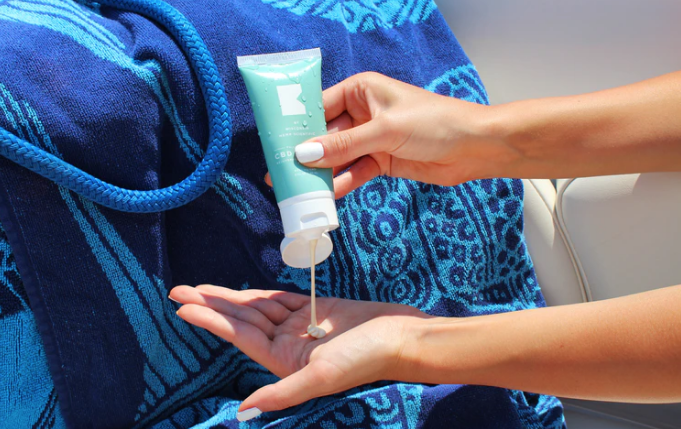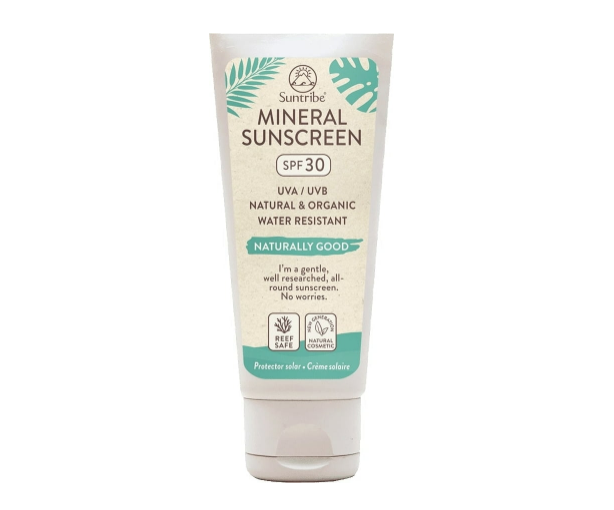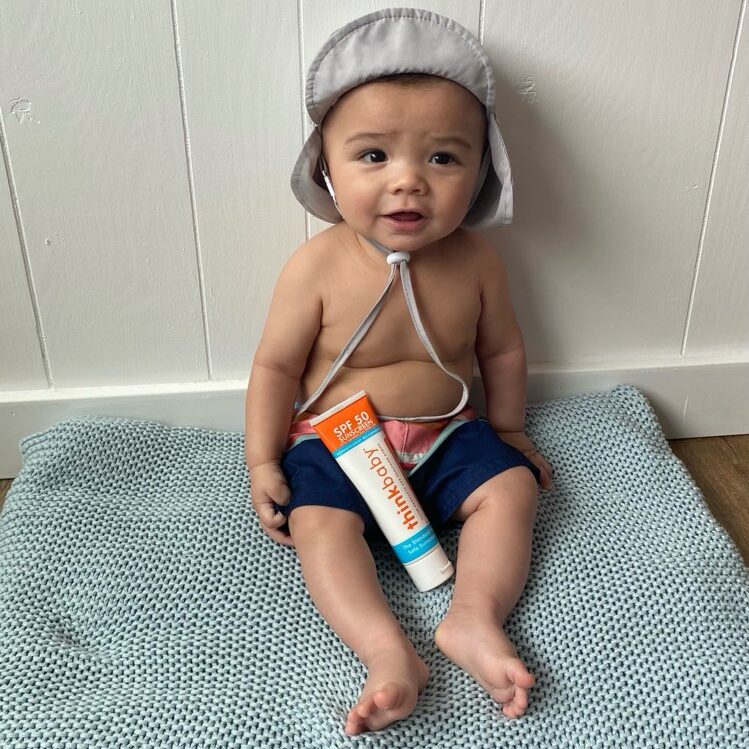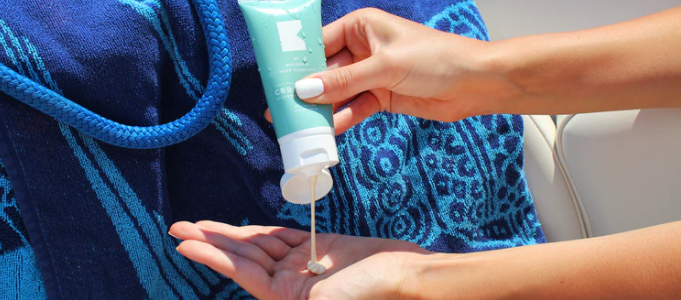
The sun’s harmful rays can increase our risk of developing skin cancer.
Taking precautions before enjoying the sunshine is the best way we can help prevent skin cancer in the future. Wearing hats and staying covered with clothing, sunglasses, and sunscreen are our best defenses against the sun. This Summer, make sure you’re prepared by doing the following:

- Wear a hat!
- Wear thin and cool layers of clothing
- Have sunglasses to protect your eyes
- Put on chapstick with SPF
- Use safe and effective sunscreen
- Use a UPF blanket or cover for sun protection
- UPF umbrellas for sun coverage
Your Choice of Sunscreen Matters!
Due to lack of regulations, there are many sunscreen products that either offer inadequate protection or use potentially hazardous ingredients, or both. Also, there’s an increase in evidence linking sunscreen ingredients to negative health impacts and new studies have linked common ingredients to hormone disruption and other potentially negative effects. Many sunscreens are also ineffective in protecting you from ultraviolet A (UVA) radiation.
What’s OKAY to have in sunscreen?
The FDA only recognizes two ingredients as safe and effective, zinc oxide and titanium dioxide. Look for sunscreens that contain these two ingredients.

- Zinc Oxide
- Titanium Dioxide
What Ingredients Should I Be Aware Of?
While many sunscreens use similar ingredients, many of the materials used do not have sufficient data to support that they are generally safe and effective. Knowing what the ingredients in your sunscreen are can help you decide which one to use.
- Avobenzone
- Homosalate
- Octinoxate
- Octisalate
- Octocrylene
- Oxybenzone
Uncommon and Unsafe Materials
Some sunscreens use ingredients that are uncommon and do not have enough data to support their safe and effective use. Here are some to look out for and a couple to avoid altogether.
- Cinoxate
- Dioxybenzone
- Ensulizole
- Meradimate
- Padimate o
- Sulisobenzone
- PABA (unsafe for use)
- Trolamine salicylate (unsafe for use)
Proceed With Caution: Oxybenzone
Did you know Oxybenzone is used in about 20% of products and in 40% of non-mineral options? In addition, the FDA has proposed that oxybenzone cannot be classified as safe and effective based on the current data. For example, the following are some health concerns of oxybenzone.

- Oxybenzone is allergenic.
- It is absorbed through the skin in large amounts.
- Has been detected in human breast milk, amniotic fluid, urine and blood.
- It is a potential endocrine disruptor.
- Children may be more vulnerable than adults to harm from oxybenzone
- Please note, sunscreen is NOT recommended for children under 6 months. Check with your pediatrician for more information.
There’s a lot to look out for! However, the best way you can stay safe from the sun is by wearing clothes to cover up, putting on a hat, and finding the right sunscreen for you. Stay safe and have a happy Summer!

